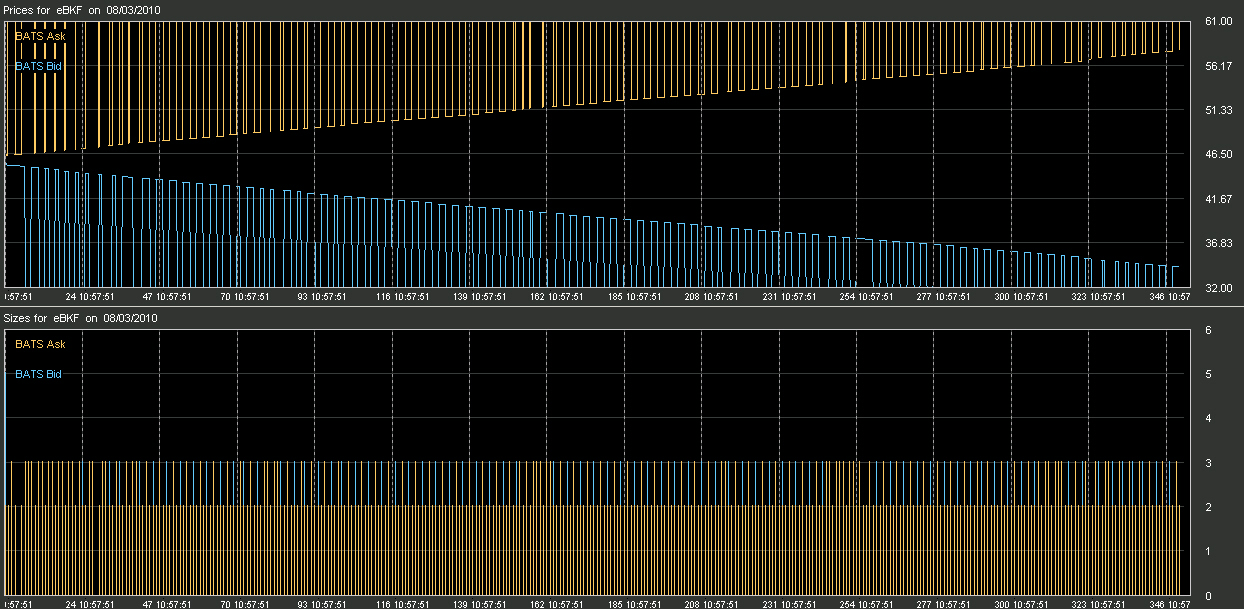This is an old revision of the document!
High Frequency Trading
High-frequency traders employ algorithms to look for patterns in the market and exploit them. An important part of this is Low Latency Trading which uses computers that execute trades within milliseconds. The bots that do the trading at millisecond speed are written by financial-mathematicians called Quants.
Because of their backgrounds, quants draw from three forms of mathematics: statistics and probability, calculus centered around partial differential equations, and econometrics. The majority of quants have received little formal education in mainstream economics, and often apply a mindset drawn from the physical sciences. Physicists tend to have significantly less experience of statistical techniques, and thus lean on approaches based upon PDEs, and solutions to these based upon numerical analysis.
– from Wikipedia
Often the highest paid form of Quant, ATQs (Algortimic Trading Quants) make use of methods taken from signal processing, game theory, gambling Kelly criterion, market micro structure, econometrics, and time series analysis. Algotrading includes statistical arbitrage, but includes techniques largely based upon speed of response, to the extent that some ATQs modify hardware and Linux kernels to achieve ultra low latency.
– also from Wikipedia
Dutch TV showed a great doc 'Quants the alchemists of Wall Street' see it in mediaplayer:tegenlicht (short intros are in Dutch) which claims that only a few leading ATQs understand and therefore dominate this global financial trade.
On the appearance of strange bots in HFT
But the algorithms we see at work here are different. They don't serve any function in the market. University of Pennsylvania finance professor, Michael Kearns, a specialist in algorithmic trading, called the patterns “curious,” and noted that it wasn't immediately apparent what such order placement strategies might do. Donovan thinks that the odd algorithms are just a way of introducing noise into the works. Other firms have to deal with that noise, but the originating entity can easily filter it out because they know what they did. Perhaps that gives them an advantage of some milliseconds. In the highly competitive and fast HFT world, where even one's physical proximity to a stock exchange matters, market players could be looking for any advantage. “They are moving the high-frequency services as close to the exchanges as possible because even the speed of light matters,” in such a competitive market, said Stanford finance professor Peter Hansen.
–from Market Data Firm Spots the Tracks of Bizarre Robot Traders article by Alexis Madrigal.

